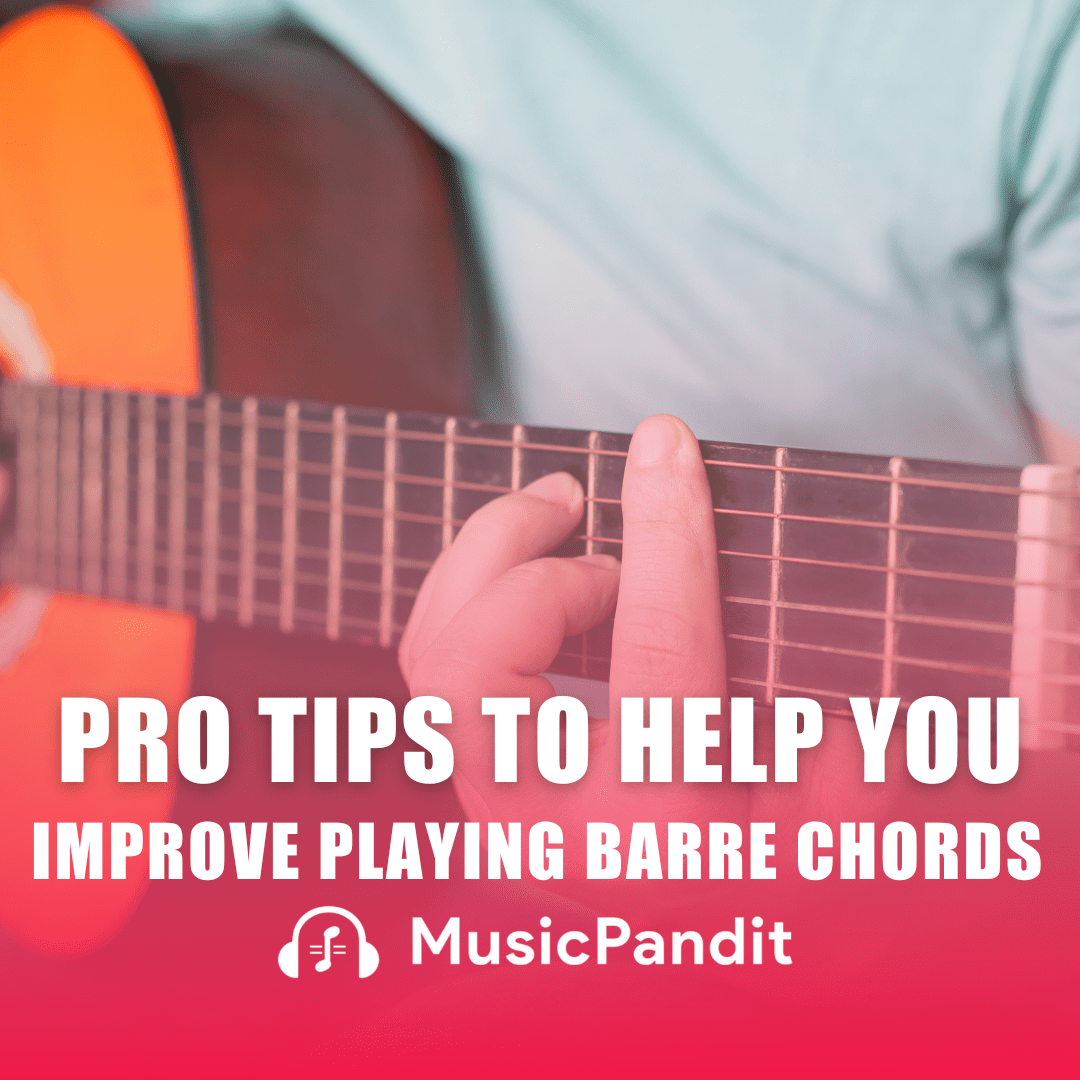Teaching children rhythm and timing on the keyboard can be a fun and rewarding experience. Developing these abilities is important for their musical journey. These musical skills will not enhance their piano playing but additionally their overall knowledge of music. Here’s how we can teach children rhythm and timing on the keyboard.
Understanding the Importance of Rhythm and Timing in Music
Before diving into the techniques, it’s essential to understand why rhythm and timing are important in music. Rhythm in music offers the structure and foundation for any piece. They dictate the pace and waft, permitting musicians to synchronise and create harmony. For a child learning the piano, grasping rhythm and timing early on can extensively improve their capacity to play correctly and expressively. That being said, let’s get into the different ways to help children learn and develop these skills.
Making Use of Rhythm Instruments
Incorporating rhythm instruments into a child’s practice sessions can make understanding rhythms in a song more attractive. Instruments like tambourines, maracas, or drums can help kids physically feel the beat and internalise extraordinary rhythms.
Using Tambourines and Maracas:
– It is better to start by playing easy rhythms on the tambourine or maracas and have the child mimic them. This call-and-response approach allows them to recognize and reproduce diverse rhythmic patterns.
– Gradually we can introduce extra complex rhythms as they become more comfortable. This helps in building their rhythmic abilities but additionally enhances their listening abilities.
Clapping Exercises:
– Clapping hands to a beat is another effective way to teach rhythm. Teachers or parents can clap out different rhythms and ask the child to repeat them.
– It is good to combine clapping with verbal cues, which includes “clap-clap-rest-clap,” to assist them associate physical actions with rhythm patterns.
Don’t Use Numbers. Use Words Instead
Using words as opposed to numbers can make mastering piano rhythm extra intuitive for kids. Numbers can sometimes be abstract and difficult to narrate to musical principles, at the same time words can create vivid and memorable associations.
Rhythmic Phrases:
– Create rhythmic phrases that maintain the rhythm you need to educate. For instance, “apple-pie” can represent a rhythm with two short notes followed by a long note.
– The child should be encouraged to mention those phrases out loud whilst playing. This reinforces the rhythm through both auditory and physical means.
Storytelling with Rhythm:
– It is a good idea to turn physical activities into storytelling sessions. This will help create memories where unique characters or actions have specific rhythmic patterns. For example, a hopping bunny should have a rhythm of “hop-hop-rest” at the same time a marching soldier may have “march-march-march.”
– This technique not only makes learning enjoyable but additionally enables children to associate with rhythms, actions and stories, making them less difficult and unforgettable.
Worksheets and Manipulatives
Worksheets and manipulatives are great tools to help children visualise and exercise rhythms in song. These resources can provide a hands-on approach to learning, making abstract concepts more concrete.
Rhythm Worksheets:
– We can use worksheets that function in unique rhythmic styles and have children exercising by clapping or tapping them out. This reinforces their understanding of note values and the way they fit into measures.
– Some worksheets may additionally consist of amusing activities like colouring notes or matching rhythms to their corresponding names, making learning extra enticing.
Manipulatives:
– Manipulatives which include rhythm blocks or cards can be used. These can represent specific note values (e.g., whole notes, half notes, quarter notes) and allow children to physically set create measures.
– Objects like coins or buttons to symbolise beats can also be used. The child can place them on a sheet of paper in time with a metronome. This visual and tactile method can assist solidify their understanding of timing.
Combining Methods for Effective Learning
In order to maximise a child’s learning experience, we have to keep in mind that combining the techniques discussed above can yield better results. Besides, each approach addresses extraordinary components of mastering—auditory, visual, and kinesthetic—ensuring a well-rounded approach to teaching rhythm and timing.
Integrated Practice Sessions:
– We can start with rhythm instruments to warm up and get children moving to the beat.
– Adding verbal exercises using rhythmic phrases and storytelling can be used to interact with their creativity.
– Finishing off with worksheets and manipulatives is good as it reinforces what they have learnt in a more structured manner.
Regular Practice:
– Consistency is prime. We should ensure that rhythm and timing physical activities are an everyday part of the child’s routine.
– Sessions have to be kept quick and amusing to preserve their interest and prevent burnout.
Encouraging Musical Exploration
Encouraging children to discover distinctive varieties of music can also enhance their expertise of rhythm and timing. Different genres have distinct rhythmic patterns and styles that could help them develop their rhythmic vocabulary.
Listening Sessions:
– Having dedicated listening classes where children can discover various genres like classical, jazz, rock, or Latin music.
– Discussing the different kinds of rhythms they hear and replicating them on the keyboard or with rhythm instruments is beneficial.
Playing Along:
– Children should always be encouraged to play along with recordings of their preferred songs. This can be a fun manner to teach time and information how rhythms work within a piece of music.
– Backing tracks or metronome apps can also be used to provide a constant beat for them to follow.
Patience and Positive Reinforcement
Teaching rhythm and timing on the keyboard requires persistence and effective reinforcement. It is always good to celebrate a child’s development, no matter how small, and at the same time offer encouragement to keep them motivated.
Setting Goals:
– Setting up realistic goals and rewarding the child when they achieve them goes a long way.
– Remember to use positive language and reward to construct their self belief and exuberance for learning.
Adjusting the Pace:
– Well, every child is unique and therefore learns at their own pace. We should be prepared to regulate teaching methods and expectancies to fit every child’s needs.
– If they struggle with some concept, we should break it down into simpler terms and offer extra assistance as needed.
Conclusion
Teaching children proper rhythm and timing for playing the keyboard is a boon in their music education journey. By incorporating all the elements discussed above, we can help children learn effectively and productively. In any case, by developing a sense of rhythm and timing children will get a better grasp of music theory enabling them to play the keyboard skillfully. This will further enhance their overall musicianship.














